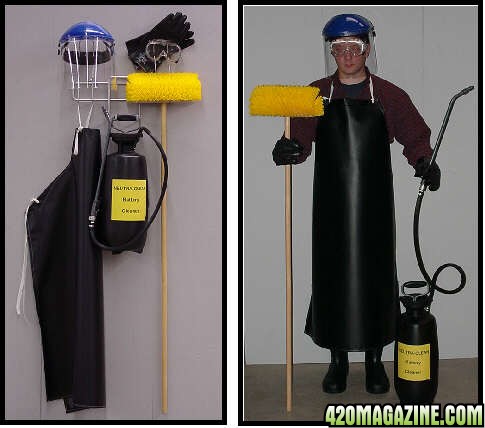Thank you soooo much for all that great info!!
I've always known that the generic h2o2 at the drug store is stabilized, but I did not know that the stabilization chemicals were not OK for use in gardening... very good to know that!
I also did not know I could order 35% h2o2 -- that's a big money saver over the years for sure, and I'm very excited to be able to replace my chemical-based cleaning solutions with h2o2 if I can, that would be fantastic! Talk about the ultimate in organic gardening...
One question -- can anyone recommend the best concentration levels for things like watering in soil, versus making a more concentrated cleaning solution?
I would think that for soil watering I would still be going with just a few tablespoons of 3% solution per quart or so, but for cleaning I was thinking that a solution with a higher concentration would be better, perhaps 10%? But I'm not sure now concentrated I should go with the h2o2 before it'll get corrosive and start to eat my mylar, etc... that would be no fun. I'll have to do more research.
Also, it appears that when h2o2 decomposes, it produces oxygen gas, which might need to be vented from time to time. Do I need to worry about my bottle of 35% h2o2 popping its top one day when it's on the shelf??
Oh... any safe handling instructions? I'm no chemist. Any safety info would be great, I have no interest in melting off half my face in a bizzare accident.
you can put anywhere between 3 and 10 ml of the concentrate per gallon and dont worry about venting . HP doesn't decompose. it adds an oxygen molecule to the water,







